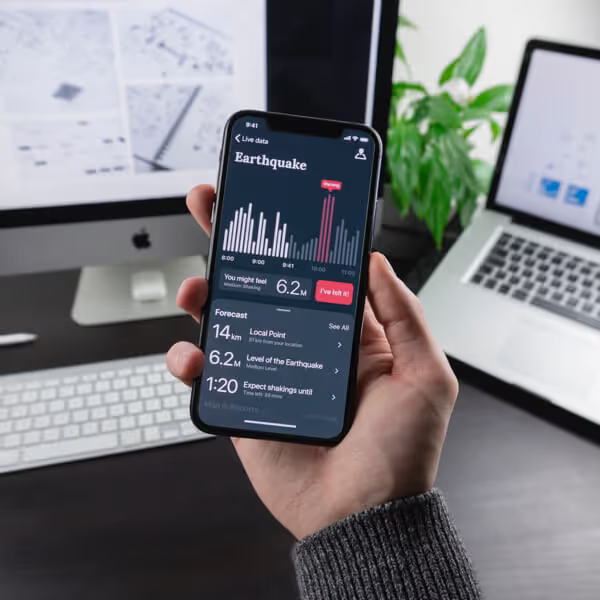Hey there! I see we have a lot of shared connections and I'm always looking to expand my network – let's connect! I help businesses like yours to make money. Why not check out my website or even better, book a meeting through this link."
Look familiar?
I bet it does, because we've all received some slight variation of this connection request or InMail after accepting a new request. The reason it's common is because it has the ingredients of a good sales technique. Starting by mentioning your shared connections is intended to provide social proof. Highlighting the value add of the new connection by expressing how the recipient will benefit puts the prospect's needs front and centre, which seems sensible (making money is very compelling after all!). Finally, ending with two clear call-to-actions – one for cold leads, and one for warm leads – provides clear next steps to a mutually beneficial arrangement.
So why does this approach generate rage more than it does leads? In short, because B2B prospecting requires a relationship of trust before attempting to close a deal. The approach above is like asking someone to marry you on the first date, and just leads to a loss of credibility.
Brand
LinkedIn is a great tool for both personal and corporate brands - and one influences the other. It's a platform on which people and companies can become thought leaders, which is exactly what most B2B brands and salespeople aim for (or should be anyway). This article specifically focusses on personal branding and how LinkedIn is best used for sales prospecting.
First off, check your Social Selling Index on LinkedIn to see how your profile compares to others in your network. A good score doesn't necessarily mean you can sit back and wait for the leads to come in (unless they already are), but it will identify any areas of weakness that you can address as a priority. After all, LinkedIn will rank people and pages based on their quality, so it's in your best interests to have a high score.
Optimise Your Profile
Your objectives when optimising your profile should be two-fold. First of all, you want to show up in searches for a particular keyword or phrase. And secondly, you want your page to look less like a resume and more like a website or compelling brochure.
LinkedIn isn't quite as complicated as Google, for example, so you can start ranking for keywords simply by adding them into your heading, job titles, and descriptions. As per your second objective though, make sure your profile doesn't look like a resume (unless you're looking for a job and not looking to generate leads). Instead, include the benefits of working with you and the results you've delivered for businesses or people who resemble your target audience. Like a website, review your profile regularly to make sure it's still working for you and it's up to date on current trends.
Build Relationships
If your average sales cycle is four months, then you can't expect to send a connection request with a standard introduction and get a lead. You need to be realistic about timelines and put in the effort. Start by identifying businesses within your target audience and send a couple of connection requests to key stakeholders every other day. As those invitations are accepted, don't jump in and try to sell to them. Rather, start getting to know them through their online activity so that you can make suggestions of content they might like further down the track. Before you do this, though, make sure that you engage with their content – it's tough to get engagement, but it's also very flattering when it happens. Make it meaningful by actually reading and understanding what they've shared and commenting. This flattery will help your prospect feel warmth towards you - and this is exactly what you need to form a relationship.
Seal the Deal
Once you have an online relationship and your prospect is engaging with you, then you're ready to take the next step by sending them something for which they need to act upon, like an invitation to an event of mutual interest, or a coffee meeting. Once you've got to this stage, we recommend finding out two things – their main challenges and also their decision-making process. If for example their problem something you can solve, but they have to get sign off from additional stakeholders, then you're going to want to know who those stakeholders are and what you're going to need to convince them to buy from you. It will also help you with managing your pipeline.
Happy prospecting!

.avif)
.avif)










